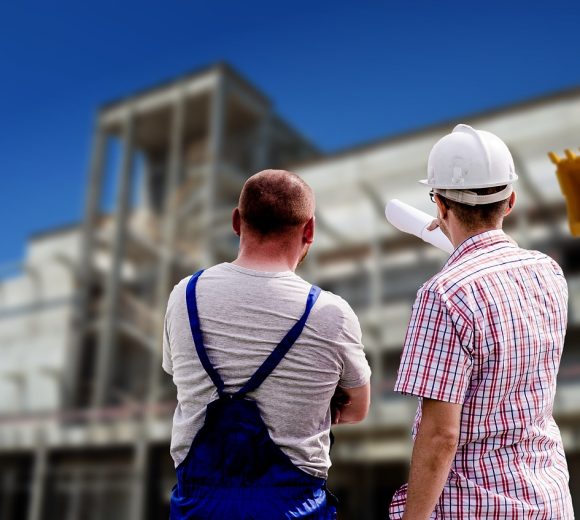Building Regulations

Building Regulations
The Local Authorities Administer the statutory requirements for building warrant approvals of all buildings.The building guidelines set standards in the technical handbooks and other guidance which needs to be adhered to for all building projects. These rules evolve with time to cater to requirements set by the governments policy.The regulations cover requirements for the robustness and stability of structures, envelop design, thermal performance, fire protection, dimen- sions for spaces and escape principals, Accessibility (DDA Compliance), Drainage, sustainability and carbon footprint to name a few.
In addition, depending on your project public safety involvement maybe required. There are different regulations for England and Scotland.
Lead Design Studios works across the country with experience of both systems. We can provide all required plans, submissions and manage the process on your behalf with the local authority.In England we are able to certify the work using an independent certifier of works.
In Scotland the council requires to approve the building warrant plans before you can proceed with the works. Contact us today to discuss your projects requirements further.
Party Wall
The Party Wall Act1996 governs matters related to party wall disputes. A party wall is a wall in which ownership is jointly shared by two or more parties. The Act provides procedures for works carried out dir- ectly to party walls, plus certain excavations close to neighbouring buildings and new walls at boundary lines between properties. It’s really helpful to discuss with your neighbours your project prior to apply- ing for consents, doing so could make a planning permit less difficult to achieve and resolve an issues before they arise. It will additionally make the completion of the party wall agreement less complicated.
The party who wants to carry out the works is known as the Building Owner and other owners who are relevant under the Act are known as Adjoining Owners. When a Building Owner plans to undertake works, often some of those works will need to be notified to the Adjoining Owner. Examples of works that a Building Owner must notify to Adjoining Owners include structural alterations e.g. breaking or cut- ting into the party wall in order to insert padstones for steel beams or for other purposes, underpinning the party wall, increasing the height of an existing party wall, demolishing garden walls, and rebuilding them for certain purposes, excavating for the purpose of constructing a new building or building a new wall at the boundary line with a neighbour etc.
A party wall notification typically includes a draft of the party wall agreement. This settlement addresses whether or not and the way your builders could be able to get approach your neighbour’s land and where the boundary partitions can be placed. As soon as you have served a party wall notification, your neighbours will have 14 days to respond. They will sign the party wall agreement, agreeing to the condi- tions therein. But, they may refuse. Note that although they may not consent to sign the agreement, the Act is an enabling act and your neighbours can not truly prevent you from carrying out building works.
If they do not want the agreement a surveyor needs to conduct a ‘schedule of circumstance’, intending to outline how your architect and your contractor can carry out the project in a safe manner. Once the Adjoining Owner has been notified of a Building Owner’s works, they will have protections under the Party Wall Act1996 in the event that the works cause damage to their property.


Build Over Agreement
A Build Over Agreement is required with the water authority that sets out if you were undertaking work over or within 3 metres of a public sewer and confirms that it will not negatively affect that sewer below. It is also to ensure that the water authority have sufficient access to the sewer so it can be repaired and maintained in the future.
During the survey of your property, we will endeavour to find out if you are within 3m of a sewer, and can advise if you are likely to be subject to a build over agreement.
Please note that it is not always possible to locate the sewer at the time of the survey. If our surveyor cannot locate the sewer on your survey visit, we recom- mend that you carry out a investigative works e.g. a CCTV survey of the sewer prior to the submission of the building regulation plans to building control.
Building without consent can lead to problematic situations including difficulties in selling or remortgaging your property.
Construction Stage Input/ Aftercare
Now that your project is on the way to be- ing built.
You builder might have questions on the project and may require input from the design team. We can be appointed to pro- ject manage or assist in the construction stages of your project.


Basement Conversions
Where space is valuable and in short supply a basement conversion maybe the best option to add more space and value to your exiting property.
Typically, there is an underbuilding structure below buildings. This space can be claimed by digging through into the soils below.
Our inhouse engineers are experienced in temporary works design, shoring and all requirements for basement works.
The architect working along side the engineer from the onset is the best formula for a successful basement project which is what Lead Design Studios provide.
Our team is on hand to help in all technicalities such as waterproofing, insulation, retention, and necessary consents to make your project a reality.
3D Modelling and Renders
MAP-IT 3D modelling & rendering services make it possible for you to see what your project will look like in complete detail before embarking on your journey.
It is ideal to visualise the proposal and change any elements if required, e.g. cladding, finishes, materials, layout options.
As well as being very useful for residential projects it is a must in restaurant design, franchise packs and other commercial and industrial activities.
The visuals also convey the design better to the construction team making it easier for clients, builders and contractors alike.


Architects
It is difficult to find out an architectural firm that can meet your complete projects requirements.
Lead design studios stand out. We can provide you with complete services.
You’ll be provided with guidelines from consultation up to the completion of your building.
Speak to us to see if we are a good fit for your projec
